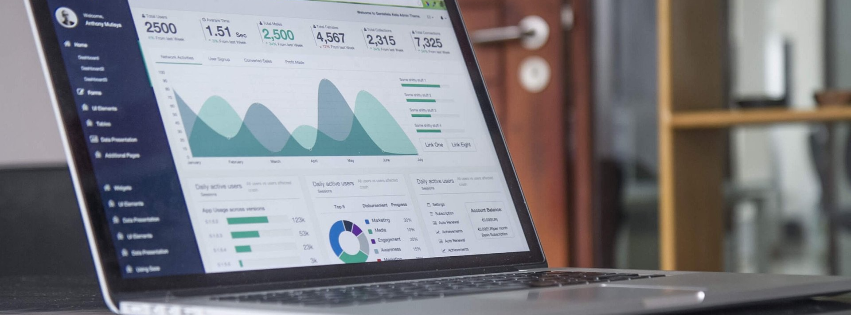Should I Roll Over My 401K or Qualified Retirement Plan?
This is a subtitle for your new post

Sign Up For Our Blog!
Tru Financial Strategies Blog



Sign Up For Our Blog!


Investment Adviser Representative of and investment services offered through Royal Fund Management, LLC, DBA Tru Financial Strategies, an SEC Registered Adviser. 401(k) Maneuver is another business name for Royal Fund Management, LLC. Insurance product guarantees are subject to the claims-paying ability of the issuing company. The adviser is paid commissions on the sale of insurance products only. Royal Fund Management and Tru Financial Strategies are not engaged in the practice of law or accounting and any advice provided should not be construed as legal or accounting advice. The information discussed and presented herein is intended to serve as a basis for further discussion with your financial, legal, tax and/or accounting advisors. It is not a substitute for competent advice from these advisors. ARE-7433 20250 - 2020/7/13
Licensed Insurance Professional. We are an independent financial services firm helping individuals create retirement strategies using a variety of investment and insurance products to custom suit their needs and objectives. This material has been prepared for informational and educational purposes only. It is not intended to provide, and should not be relied upon for, accounting, legal, tax or investment advice.
Investing involves risk, including the loss of principal. No Investment strategy can guarantee a profit or protect against loss in a period of declining values. Any references to protection benefits or lifetime income generally refer to fixed insurance products, never securities or investment products. Insurance and annuity products are backed by the financial strength and claims-paying ability of the issuing insurance company.
Investment Adviser Representative of and investment services offered through Royal Fund Management, LLC, DBA Tru Financial Strategies, an SEC Registered Adviser. 401(k) Maneuver is another business name for Royal Fund Management, LLC. Insurance product guarantees are subject to the claims-paying ability of the issuing company. The adviser is paid commissions on the sale of insurance products only. Royal Fund Management and Tru Financial Strategies are not engaged in the practice of law or accounting and any advice provided should not be construed as legal or accounting advice. The information discussed and presented herein is intended to serve as a basis for further discussion with your financial, legal, tax and/or accounting advisors. It is not a substitute for competent advice from these advisors. ARE-7433 20250 - 2020/7/13
Licensed Insurance Professional. We are an independent financial services firm helping individuals create retirement strategies using a variety of investment and insurance products to custom suit their needs and objectives. This material has been prepared for informational and educational purposes only. It is not intended to provide, and should not be relied upon for, accounting, legal, tax or investment advice.
Investing involves risk, including the loss of principal. No Investment strategy can guarantee a profit or protect against loss in a period of declining values. Any references to protection benefits or lifetime income generally refer to fixed insurance products, never securities or investment products. Insurance and annuity products are backed by the financial strength and claims-paying ability of the issuing insurance company.